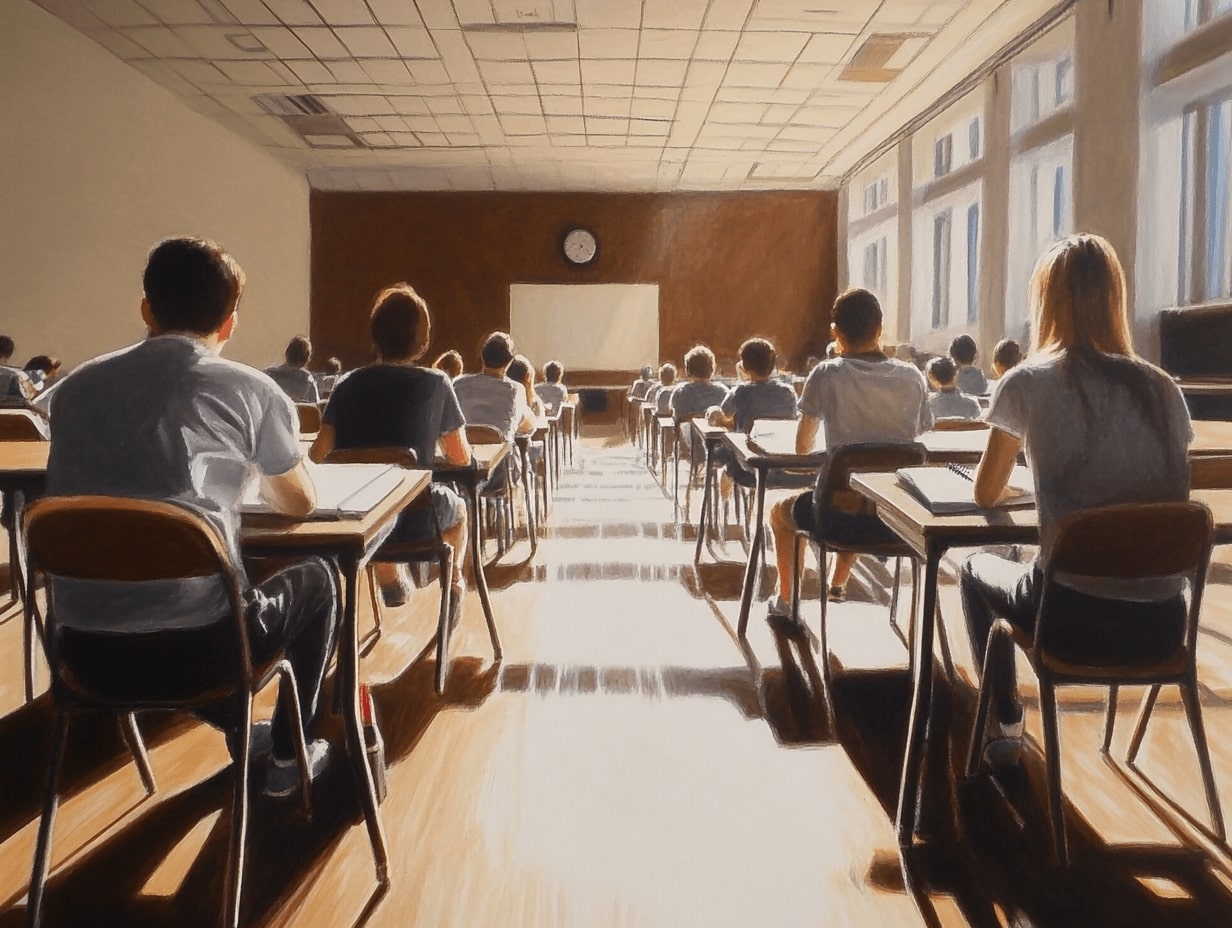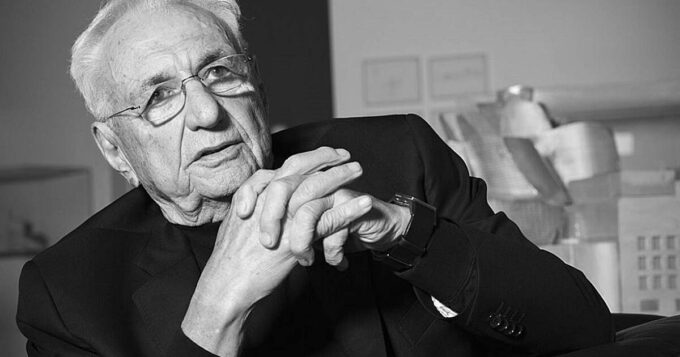- Home
- Articles
- Architectural Portfolio
- Architectral Presentation
- Inspirational Stories
- Architecture News
- Visualization
- BIM Industry
- Facade Design
- Parametric Design
- Career
- Landscape Architecture
- Construction
- Artificial Intelligence
- Sketching
- Design Softwares
- Diagrams
- Writing
- Architectural Tips
- Sustainability
- Courses
- Concept
- Technology
- History & Heritage
- Future of Architecture
- Guides & How-To
- Art & Culture
- Projects
- Interior Design
- Competitions
- Jobs
- Store
- Tools
- More
- Home
- Articles
- Architectural Portfolio
- Architectral Presentation
- Inspirational Stories
- Architecture News
- Visualization
- BIM Industry
- Facade Design
- Parametric Design
- Career
- Landscape Architecture
- Construction
- Artificial Intelligence
- Sketching
- Design Softwares
- Diagrams
- Writing
- Architectural Tips
- Sustainability
- Courses
- Concept
- Technology
- History & Heritage
- Future of Architecture
- Guides & How-To
- Art & Culture
- Projects
- Interior Design
- Competitions
- Jobs
- Store
- Tools
- More
How Does Design Influence Tenant Preferences in Commercial Real Estate?

How does design influence tenant preferences in commercial real estate? This is a key question for every developer, property manager, and commercial realtor. Design isn’t just about making a space look good—it’s about creating an environment that tenants want to be in. Whether building a new property or managing an existing one, understanding what tenants value in design can help you attract and keep them.
In this blog, we will explore how design choices can shape tenant decisions and affect your bottom line.
Table of Contents
ToggleThe Ascendancy of Design in Commercial Real Estate
Tenant preferences have changed in the last few years. Nowadays, many tenants claim that a good design with other aesthetic merits attracts them to rent. Occupancy rates are as much as 20-30% higher in properties with modern designs. This indicates that tenants today place more emphasis on well-designed spaces. People need a place to work and feel comfortable, productive, and healthy.
Cities like Austin and Dallas, Texas, have seen a rise in demand for well-designed commercial spaces as businesses look for environments that offer style and function. These cities, with their strong economies, show how important design is to attracting tenants.
In commercial real estate lubbock, the demand for well-designed office spaces is also growing. As businesses seek modern and functional spaces, Lubbock’s expanding economy highlights how design is becoming a key factor in the region’s real estate market.
Impact on Tenant Retention and Satisfaction
The connection between design and tenant retention is undeniable. Properties that include thoughtful design for communal areas, green spaces, and wellness facilities have resulted in higher tenant retention. They create a sense of community and account for an incredible reduction in turnover rates, which saves property owners additional costs associated with vacancies and tenant transitions. Tenants prefer buildings that prioritize design and amenities that improve their work experience.
Key Design Elements Shaping Tenant Choices
Rental decisions are affected in different aspects from functional to aesthetic levels. Let us discuss the key elements that have emerged as tenant’s favorites.

Flexible and Adaptable Layouts
Today, tenants want flexible office spaces that evolve with their business needs. Open floor plans and modular designs allow businesses to easily adjust the space. This flexibility makes the space more functional and gives tenants control over their environment, increasing the likelihood of long-term commitments.
Integration of Technology
As technology becomes more essential, tenants expect smart building features. Connectivity and integration with the Internet of Things, energy-efficient systems, and advanced HVAC systems are the most important features of a smart building. These amenities enhance convenience, reduce energy bills, and support sustainable goals, which makes properties more appealing to technology-focused tenants.
Wellness-Centric Features
With a growing focus on health, tenants are seeking wellness-focused office spaces. Natural lighting, green spaces, and fitness facilities enhance tenant satisfaction, improving productivity and reducing absenteeism. These wellness features have become integral features in modern office designs.
Design’s Role in Enhancing Tenant Experience
The design of a commercial property is more than a visual element—it profoundly affects the overall tenant experience.
Creating Community and Collaboration
Commercial spaces that encourage collaboration and interaction with others attract tenets better. Communal spaces such as lounges, meeting rooms, and shared break areas help connect and bring a sense of belonging. These spaces improve tenant retention by fostering loyalty and a feeling of belonging.
Brand Alignment and Identity
The design reflects a company’s brand. Tenants require spaces that align with their business values and identity. A good office design can easily boost employees’ moral standards and productivity if aligned with the company’s culture. This will make the space a true extension of the business.
Operational Efficiency
Design also plays a key role in how efficiently a building operates. A design may be effective in saving utility costs, maximizing the use of space, and simplifying building management. The major features that save money for tenants and demonstrate support for sustainability goals are energy-efficient lighting systems and automation systems.
Economic Implications of Design Choices
Design has a direct impact on tenant satisfaction and financial performance. Let’s break down how investing in quality design can lead to tangible economic benefits.
Influence on Rental Rates and Occupancy
The design of a property can significantly influence rental rates and occupancy levels. Well-designed properties can justify higher rents, as tenants are willing to pay a premium for spaces that align with their preferences and business needs. Properties with modern, adaptable designs have shorter vacancy periods, attracting tenants more than less appealing alternatives. Properties with high-quality design features experience higher occupancy rates than those with more basic offerings.
Return on Investment (ROI)
Investing in quality design attracts tenants and generates a strong return on investment. Quality design elements like wellness spaces, smart building features, and flexible layouts drive demand, boosting rentals and the value of a property. It pays in the long run because tenancies last longer, turnovers go lower, and the operation costs are reduced.
Future Trends in Commercial Real Estate Design
The commercial real estate landscape is evolving, with new trends and innovations shaping tenant preferences. Here are some key trends that define the future of commercial spaces.
Sustainability and Green Building Practices
- Sustainability is a must for tenants today.
- Tenants prefer eco-friendly buildings with solar panels, green roofs, and sustainable materials
- These buildings cut costs and attract tenant intent for the environment
- LEED certifications are preferred when green spaces are considered
Post-Pandemic Design Considerations
- The pandemic has changed how people use office spaces.
- Hybrid work and flexible layouts are required now.
- Tenants seek spaces that facilitate remote work, collaboration, and health-inspired design.
- Features like advanced air systems and wellness spaces are now important.
Conclusion
Design is a highly potent tool in the commercial real estate industry. The impact of design on tenant preference cannot be overstated in retention and rental income growth. Whether through flexible layouts, smart technology, or wellness features, well-designed spaces are in high demand.
As commercial property becomes more innovative, owners and developers should be ahead of the curve in design trends for retaining and attracting tenants in a competitive market. By prioritizing design, they can ensure long-term success and profitability.
FAQs
- How does design impact tenant satisfaction?
Good design feels comfortable and productive to the tenants, hence leading to increased satisfaction and lengthier stays.
- What are the design features that attract tenants?
Features like flexible layouts, modern technology, and wellness areas like natural light and fitness spaces are highly appealing to tenants.
- Can design help reduce tenant turnover?
Yes, well-designed spaces that meet tenant needs and create a positive work environment can encourage tenants to stay longer.
illustrarch is your daily dose of architecture. Leading community designed for all lovers of illustration and #drawing.
Submit your architectural projects
Follow these steps for submission your project. Submission FormLatest Posts
Top 10 Architectural Wonders Around the Globe
From ancient monuments to contemporary landmarks, these ten architectural wonders reveal how...
A Comprehensive Approach to Building Maintenance and Property Care
Every building, no matter how new or old, goes through a quiet...
Statutory vs Common Law Compensation: Which Is Right for Your Workplace Injury?
Suffering a workplace injury opens the door to compensation claims, but many...
Smart Lighting & Smart Mirror Ideas for Modern Homes
Smart lighting (in the form of bulbs/strips, etc.) and smart mirrors can...












Leave a comment